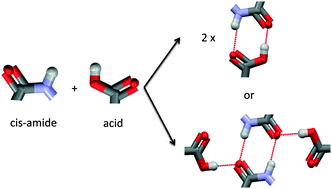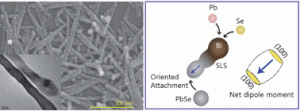Lee Brammer and colleagues report crystal structures of halogen-bonded adducts between diiodoacetylene and nitrogen/oxygen acceptor groups showing the suitability of diiodoacetylene as a ditopic connector.
The strength in the halogen bond is due to the electron-withdrawing effect from the sp-hybridised carbon atom in diiodoacetyle. Being able to form such strong intermolecular interactions via such a small linear molecule with two conformationally constrained faces makes diiodoacetylene a useful building block in crystal engineering and supramolecular chemistry.
Read the paper for free…
Diiodoacetylene: compact, strong ditopic halogen bond donor
Catherine Perkins, Stefano Libri, Harry Adams and Lee Brammer
CrystEngComm, 2012
DOI: 10.1039/C2CE00029F
Here is a selection of other recent work from Lee Brammer and colleagues…
Different structural destinations: comparing reactions of [CuBr2(3-Brpy)2] crystals with HBr and HCl gas
Guillermo Mínguez Espallargas, Alastair J. Florence, Jacco van de Streek and Lee Brammer
CrystEngComm, 2011, 13, 4400-4404
DOI: 10.1039/C1CE05222E
From themed issue Dynamic behaviour and reactivity in crystalline solids
Synthesis and polymorphism of (4-ClpyH)2[CuCl4]: solid–gas and solid–solid reactions
Iñigo J. Vitorica-Yrezabal, Rachel A. Sullivan, Stephen L. Purver, Caroline Curfs, Chiu C. Tang and Lee Brammer
CrystEngComm, 2011, 13, 3189-3196
DOI: 10.1039/C0CE00628A
From themed issue Reactions in molecular solids and host–guest systems
Effects of halogen bonding in ferromagnetic chains based on Co(II) coordination polymers
Juan M. Clemente-Juan, Eugenio Coronado, Guillermo Mínguez Espallargas, Harry Adams and Lee Brammer
CrystEngComm, 2010, 12, 2339-2342
DOI: 10.1039/C003078C
From themed issue New Talent













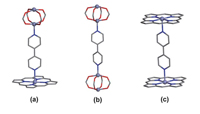
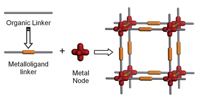
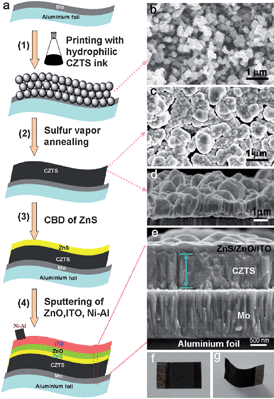
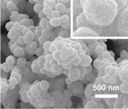


 In this HOT Article, the achiral mesoxalato ligand (H2mesox2-) is identified as a new enantiopurity enforcer in extended structures by yielding the homochiral metal-organic frameworks (MOFs) 2D-[Ln2(µ-H2mesox)3(H2O)6]. The chirality of the compounds can be observed in the features of the crystal structure and also in the dominating intensity of the hypersensitive transition within trivalent europium, which reacts strongly to the absence of a local inversion centre and proves the chiral environment of the rare-earth ions within the complexes.
In this HOT Article, the achiral mesoxalato ligand (H2mesox2-) is identified as a new enantiopurity enforcer in extended structures by yielding the homochiral metal-organic frameworks (MOFs) 2D-[Ln2(µ-H2mesox)3(H2O)6]. The chirality of the compounds can be observed in the features of the crystal structure and also in the dominating intensity of the hypersensitive transition within trivalent europium, which reacts strongly to the absence of a local inversion centre and proves the chiral environment of the rare-earth ions within the complexes.